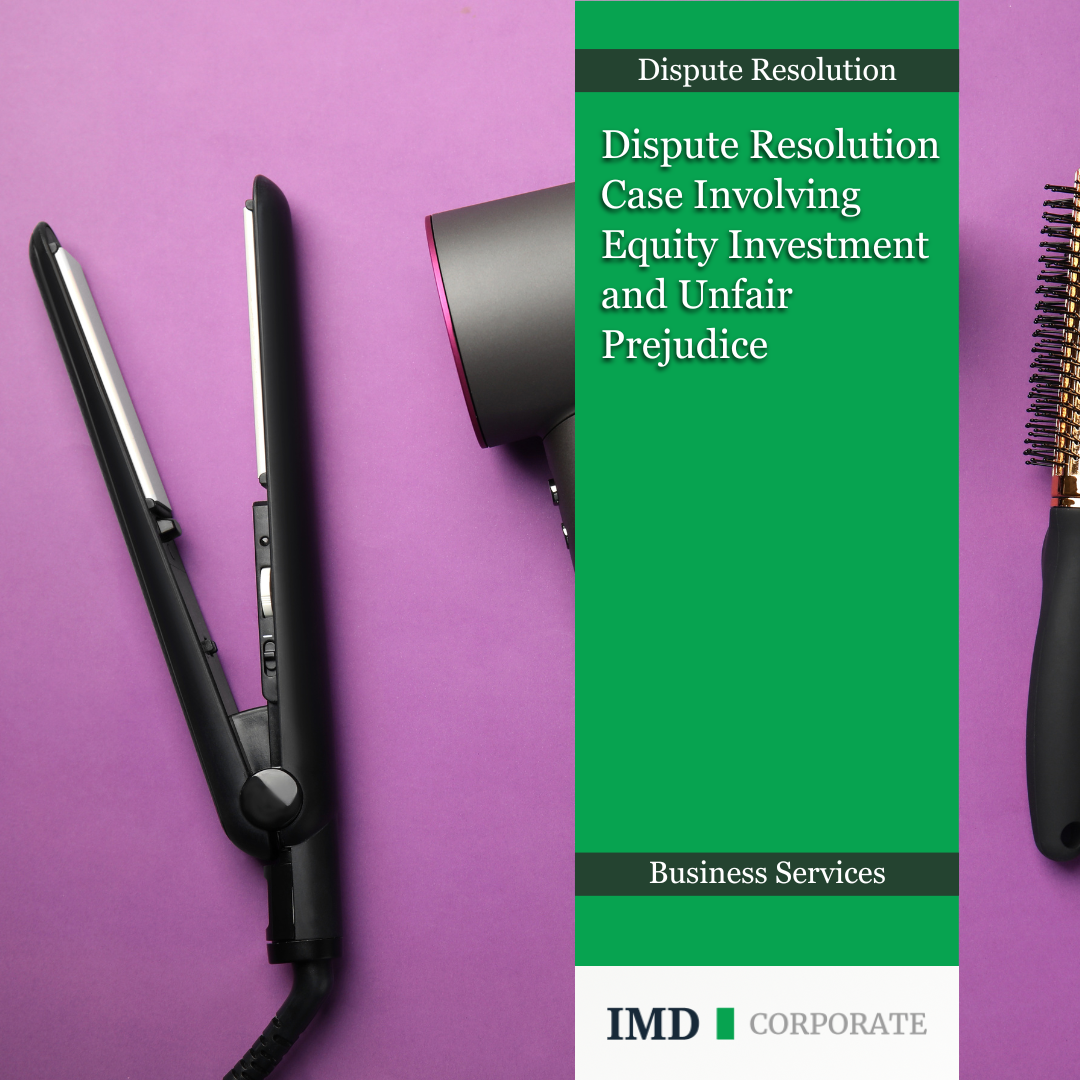
This case study examines a significant legal dispute involving the founder of a successful electronics company that specialises in hair straighteners. The successful company needed more money to expand its production, so it looked for investors to buy a share of the company. However, the relationship between the founder and the new equity partners deteriorated, leading to a legal battle focused on allegations of unfair prejudice against the equity investors by the founder.
Equity investment was obtained to expand the business’ production capacity and marketing spend . Following the investment, the company indeed did increase revenue and its production capacity. Unfortunately, the relationship between the founder and those who the equity company placed on the board soured. Allegations arose that the equity investors deliberately manipulated company policies and production strategies to limit the success of the firm thus justifing the removal of the founder from the board and with it, the founder’s entitlements, such as share allocations, bonuses, and earn-outs. This manipulation apparently led to a significant undervaluation of the founder’s shares.
As the situation escalated, the founder engaged legal services to address the perceived injustices, culminating in the filing of an unfair prejudice petition. The objective was to force the purchase of his shares at a valuation reflecting the true performance and potential of the company before its alleged deliberate downscaling by the majority shareholders.
An unfair prejudice claim arises when a company’s actions or proposed actions are prejudicial to the interests of one or more of its shareholders, particularly in a manner that is unfair. The legal challenge here centred on proving that the majority shareholder’s actions in managing the company were both prejudicial and unfairly targeted at the founder, thereby reducing his financial benefits and strategic influence.
The case required detailed examination of thousands of documents, including emails and other communications, to establish the majority shareholder’s intent and actions. The legal team employed advanced document management systems and forensic IT tools to recover deleted documents and metadata, providing crucial evidence to support the claim of unfair prejudice.
The use of forensic IT in this context was extremely important. By recovering snippets of deleted communications and other electronic evidence, the legal team could piece together a narrative that strongly suggested deliberate manipulation by the equity investors. This type of evidence is often critical in commercial litigation where documentary proof is essential to establish the facts of the case.
During trial after considerable legal expense, in the face of the evidence arranged against it, the equity investor settled. This settlement not only compensated the founder but also underscored the importance of fair dealings and transparency in equity investment relationships.
This case highlights the complexities of dispute resolution within the realm of equity investment and the strategic use of legal and technological resources to assert and protect shareholder rights.
This article is for general information only and does not constitute legal or professional advice. Please note that the law may have changed since this article was published.